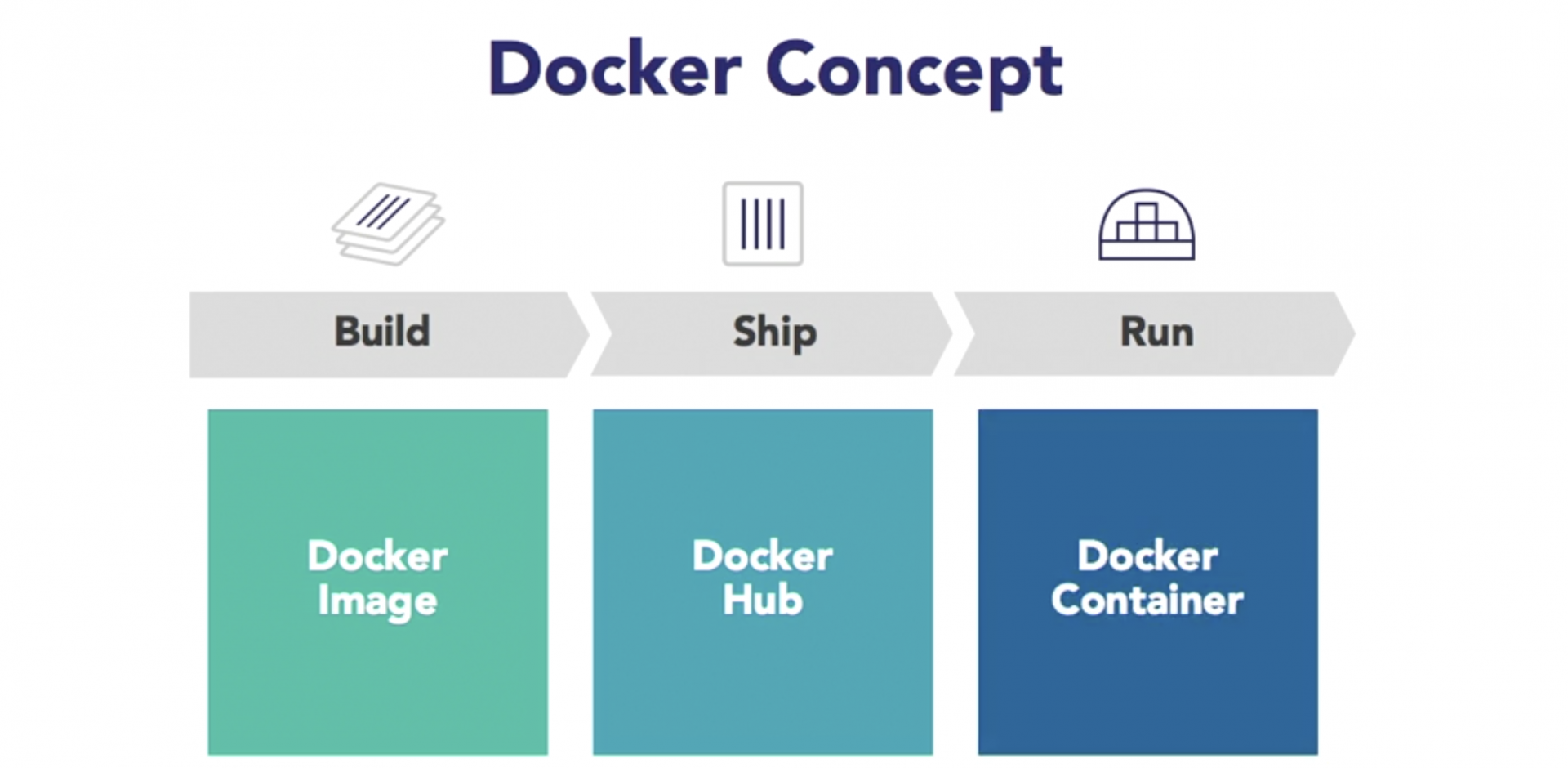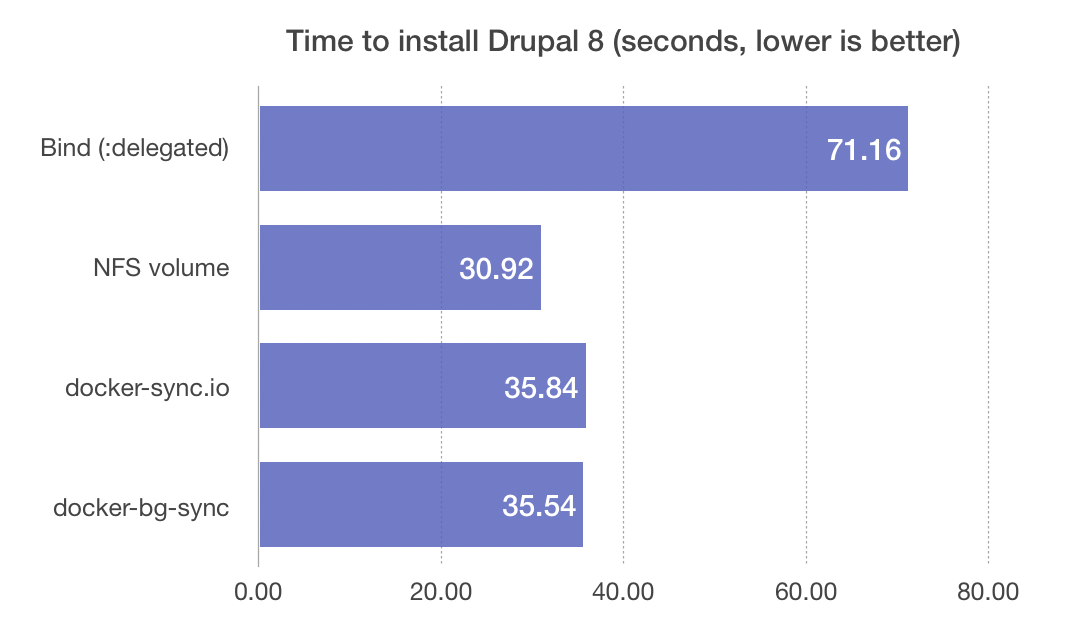

- #Kubernetes with docker for mac for mac#
- #Kubernetes with docker for mac install#
- #Kubernetes with docker for mac update#
- #Kubernetes with docker for mac code#
The cluster itself can be pretty-much anywhere and derive from any source. As long as you have the kubeconfig for your cluster stored locally (and Lens can help you find that), you should be good to go.
#Kubernetes with docker for mac install#
Specifically, Lens talks to the Kubernetes API via kubectl, so you’ll need connectivity to your cluster(s) from the computer on which you want to install Lens to port 6443 of the cluster controller using https. The only real requirement is that you need one or more pre-existing Kubernetes clusters for Lens to look at.
#Kubernetes with docker for mac code#
Until next time, Code with Passion and Strive for Excellence. I hope that developers working with Docker and Kubernetes find this tool useful. Just by setting the proper context for kubectl we can have the same productivity gains that we saw during the last post. It does not require any configuration change to the skaffold.yaml file or to the Kubernetes manifest files.
#Kubernetes with docker for mac for mac#
I commented and uncommented the same set of lines that we had used during the previous post.Īs can be seen from this demo, we can seamlessly move from minikube cluster to the docker for mac cluster while working with skaffold.
#Kubernetes with docker for mac update#
It doesn't even take 1 second to update the deployment. Let test it by making some changes in the code.Īs you can see from the above screen capture, the updates are really fast. With this, now skaffold is continuously monitoring for changes to the source code. I have not seen these kind of speeds while using docker compose in the past. Same way the deploy is done in less than 2 seconds. The build speed is just over 1 second to build the required Docker images. The proper context has been selected by skaffold. We execute the same command skaffold dev which we did during the earlier post. Once the right context is set, there is no change to be done on the skaffold side. We are now ready to deploy the application to this cluster. Kubectl config use-context docker-for-desktop This can be done by executing the command We need the context to be set to the docker-for-mac context. The minikube cluster is the current context as shown by the * sign in front of the cluster name. We can see two clusters are currently configured. Lets first get the list of all the clusters we have at our disposal. We need to ensure that the right context is set for the kubectl. kubectl can work with multiple clusters at the same time. We will be using the kubectl command line tool to deploy the artifacts to Kubernetes cluster. Once everything is setup we should get the Docker is running and Kubernetes is running in green status.

If you are enabling the settings for the first time it can take a while for the Kubernetes to start the single node cluster. In my case I had these settings already enabled. Finally apply the setting as shown with steps 1 to 4 below.

Select the Kubernetes pane, enable Kubernetes support, select default Orchestrator ad Kubernetes. Navigate to the preferences section of Docker. Lets first enable the support for Kubernetes orchestrator for our installation of Docker for Mac.

We will perform following steps during the course of this post In this post, I will demonstrate how we can use Skaffold to deploy to a Kubernetes cluster instead of Minikube. Currently Docker for Mac supports Docker Swarm and Kubernetes. We can decide to deploy multi container applications to a single node local cluster and choose the type of Orchestrator. In the recent version of Docker for Desktop (Mac & Windows), there is built in support for Kubernetes. My previous post was about doing continuous deployment of Kubernetes application using Skaffold to a Minikube cluster.


 0 kommentar(er)
0 kommentar(er)
